The palanquin procession at the Le Hoan temple festival. Photo: Nguyen Dat
According to history: Xuan Lap is a plain commune in the North of Tho Xuan district, located in the middle of a land with the Chu River (Luong Giang) in the South, the Cau Chay River in the East, along with a road traffic system connecting the Yen Dinh region in the North, Thieu Hoa in the East, Dong Son in the South... These are all vital roads connecting the commune with many regions in the province and the country. Considered a place where sacred energy converges, since ancient times, this land has given birth to many historical figures who have made important contributions to the cause of building and defending the country of the nation. Among them is the National Hero Emperor Le Dai Hanh, an emperor who represents talent and virtue, with great merit in the cause of fighting invaders and unifying the country. He successfully completed his mission in the pivotal historical period of the 10th century, opening a new era, bringing our nation to a new, more glorious and brilliant path.
After the death of Emperor Le Dai Hanh, to commemorate the great merits of the outstanding hero, the people built a temple to worship him in Trung Lap village (Xuan Lap commune). Along with the construction of the temple, the Le Hoan temple festival is also held annually by the people on the 8th day of the 3rd lunar month, to commemorate the merits of Emperor Le Dai Hanh and his predecessors who contributed their intelligence, efforts, and blood to maintain national sovereignty throughout thousands of years of history. After many ups and downs of time and history, the Le Hoan temple festival is still preserved and organized by the people every year. In recent years, the scale and space for organizing the festival have become more and more spacious and diverse, meeting the people's aspirations; at the same time, affirming the strong vitality of the festival in modern life.
The Le Hoan Temple Festival is held with many rituals recreating the cultural life of the army and people under the Tien Le Dynasty. The most special part is the sacred and solemn ceremony with the palanquin procession to commemorate the merits of Emperor Le Dai Hanh and his generals. The palanquin procession consists of strong people selected from the young men in the village, carrying jade flags, weapons, and a troupe of eight musical instruments in front, followed by the entire village behind, in order of the elderly first, the young later. The palanquin is carried from the temple to the National Mother Temple, after the ceremony, it is carried back to the temple; then the palanquin is carried from the temple to the Hoang Khao tomb, after the ceremony, the procession is carried back to the temple. The people of Truong Xuan commune carry the palanquin from the tomb of Le Dot (Emperor Le Dai Hanh's adoptive father) to the temple. The palanquin procession of the people in the villages and communes reflects their respect and gratitude towards the Emperor, carrying the palanquin to bring their biological parents and adoptive parents to the temple to attend the festival.
Carefully preparing the offering tray to present to Emperor Le Dai Hanh, Ms. Mai Thi Anh (Nga Son district) said: "Every year on the main day of the Le Hoan Temple Festival, my family and I come here to offer offerings and burn incense to show gratitude to our ancestors and predecessors who have contributed to building and defending the country. Coming here, we also visited the special national relic of Le Hoan Temple - a place that not only stands out for its typical architectural art, but also preserves many precious artifacts. Notably, there are 2 stone steles dating from the 17th century, recording the life and career of Emperor Le Dai Hanh and the worshiping fields, 14 royal decrees of the Le and Nguyen dynasties... These artifacts are both vivid evidence of a historical period, a great man, and also show the beauty in the cultural, spiritual and religious life of the people of Thanh. From there, it helps us understand more about the heroic struggle to build and defend the country. the heroic deeds of our ancestors and cherish history more".
The Le Hoan Temple Festival is considered a bridge between the past and the present, reflecting the beauty of traditional culture; at the same time, it also educates morality, lifestyle, and connects the community spirit. Therefore, the historical and cultural values and humanistic significance of the festival will be increasingly spread widely and have strong effects in today's life.
Nguyen Dat
Source: https://baothanhhoa.vn/le-hoi-den-tho-le-hoan-vien-ngoc-quy-trong-kho-di-san-van-hoa-dan-toc-244580.htm


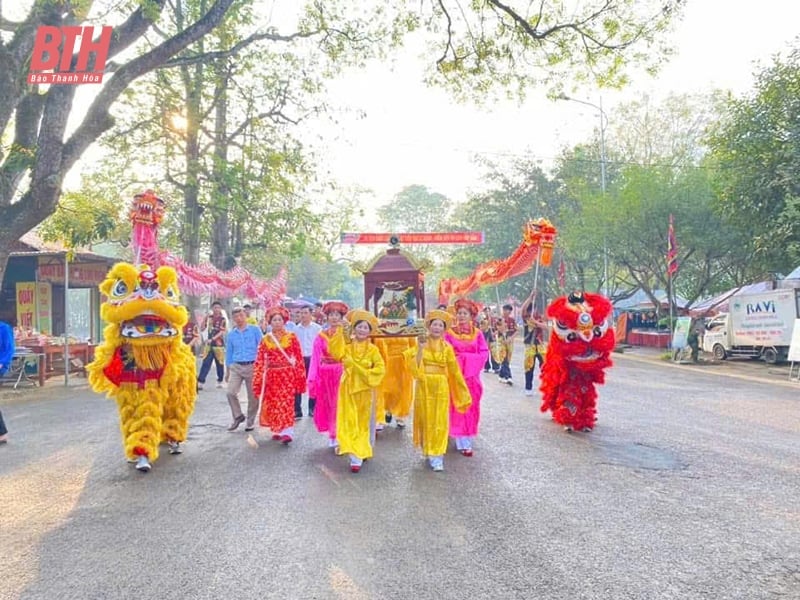
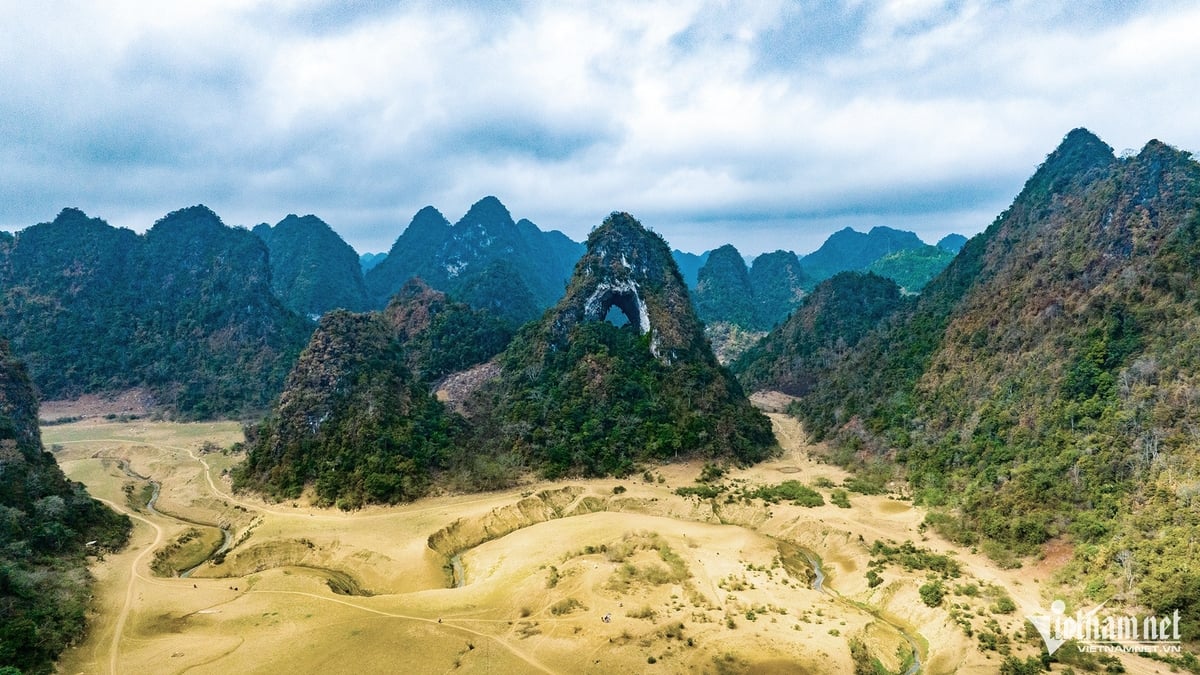


![[Photo] Buddha's Birthday 2025: Honoring the message of love, wisdom, and tolerance](https://vphoto.vietnam.vn/thumb/1200x675/vietnam/resource/IMAGE/2025/5/12/8cd2a70beb264374b41fc5d36add6c3d)

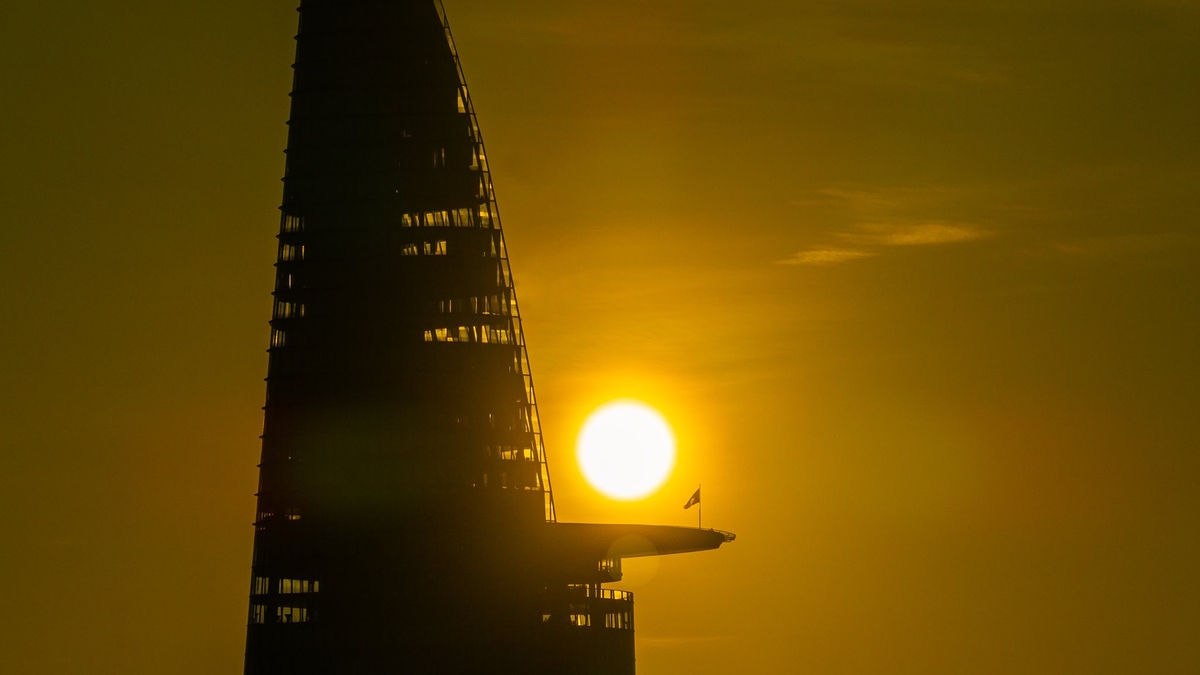
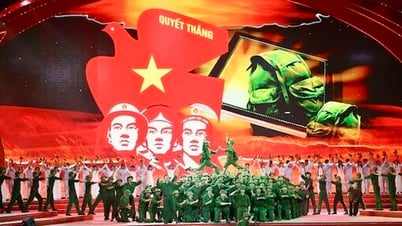


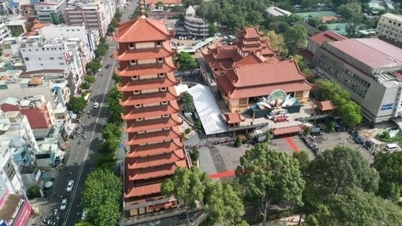
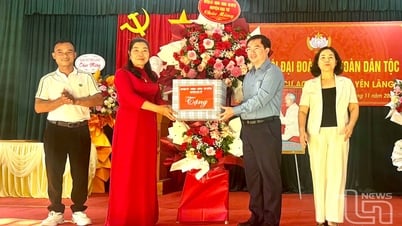
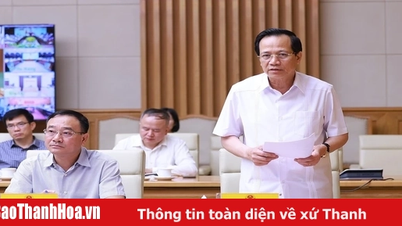






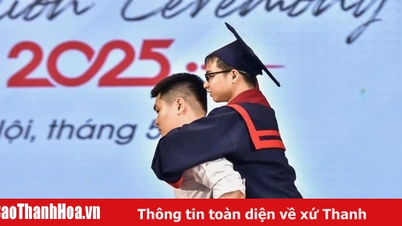
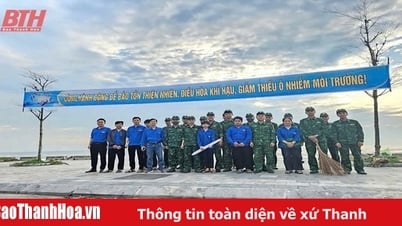

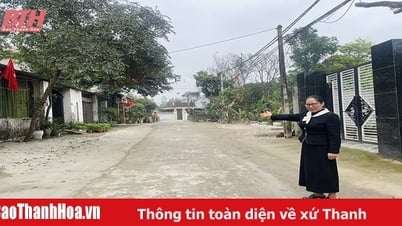
![[Photo] General Secretary To Lam meets and expresses gratitude to Vietnam's Belarusian friends](https://vphoto.vietnam.vn/thumb/1200x675/vietnam/resource/IMAGE/2025/5/11/c515ee2054c54a87aa8a7cb520f2fa6e)
![[Photo] General Secretary To Lam arrives in Minsk, begins state visit to Belarus](https://vphoto.vietnam.vn/thumb/1200x675/vietnam/resource/IMAGE/2025/5/11/76602f587468437f8b5b7104495f444d)
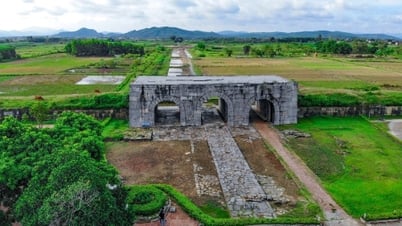

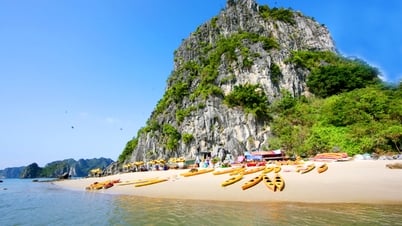

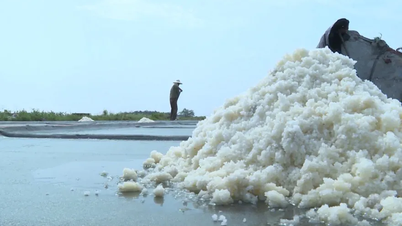





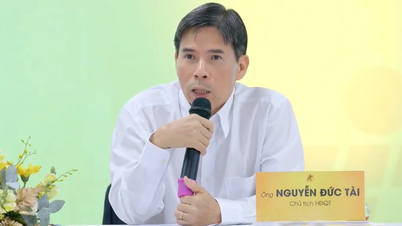





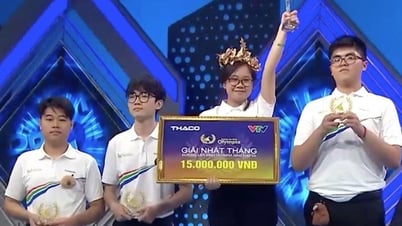





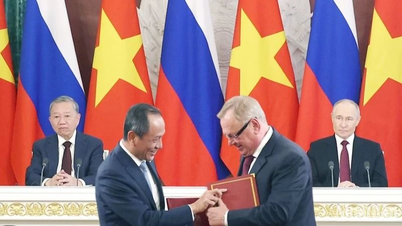



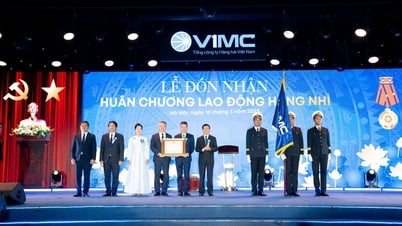
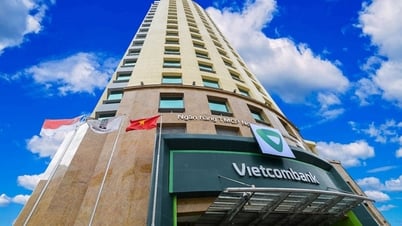





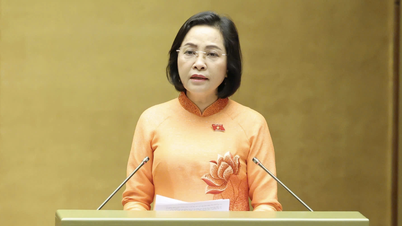


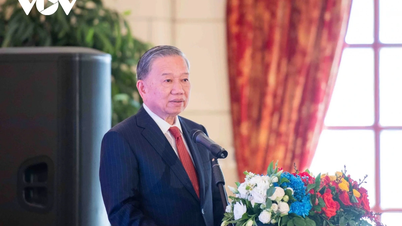

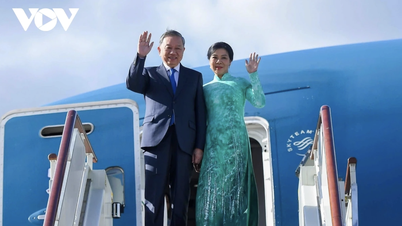
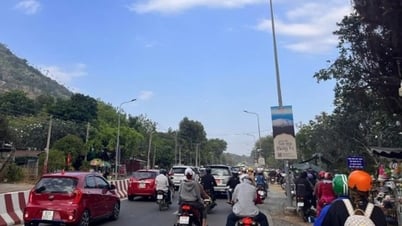

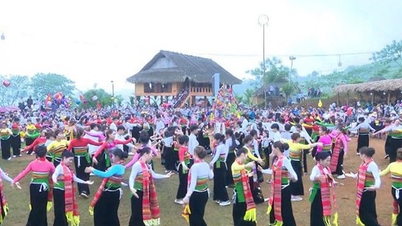


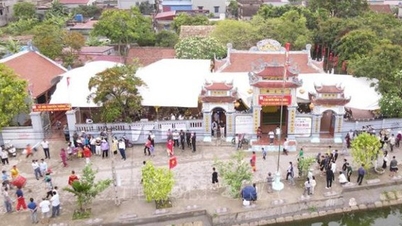
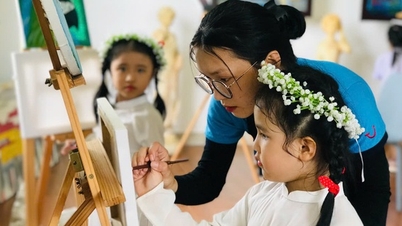




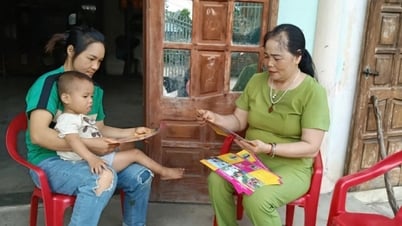













Comment (0)